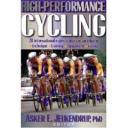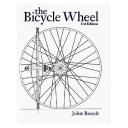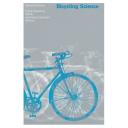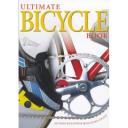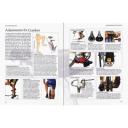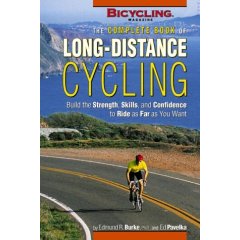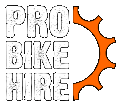High-Performance Cycling – a book review.
It is written/edited by someone with a PhD, in a reporting style which may annoy some people. It is well-referenced, though I think most people will not care less for seeking out the various journal articles. For example, it often starts a paragraph in this manner: «one study shows that…»
A quote: «Our baseline modeling condition has used a coefficient of rolling resistance (Crr) value of 0.0032, which is representative of an average racing clincher tire (Martin et al. 1998). Kyle (1986) has reported the Crr for high-performance road-racing tubular and clincher tires to be 16 percent lower (0.0027) when measured on an asphalt surface. Some road-racing tubular tires, however, exhibit Crr values as high as 0.0059 (Kyle 1986).
Now what is the point of that? The findings (on whether tubulars or clinchers offer lower rolling resistance) seem to be inconclusive. It doesn’t tell us which brand + model tubulars had the higher rolling resistance, so you’d have to look up the article by Kyle if you really wanted to know which tubulars to avoid. At the very least it can be gleaned that the chapter concerning equipment isn’t much help.
This book creates a very small niche for itself, perhaps too small. It seems to be aimed at coaches or deadly serious cyclists. I can’t imagine there are too many of those in the world. But if that is the case, why bother defining the terms «prologue», «criterium» and «stage race»? [Read more →]
